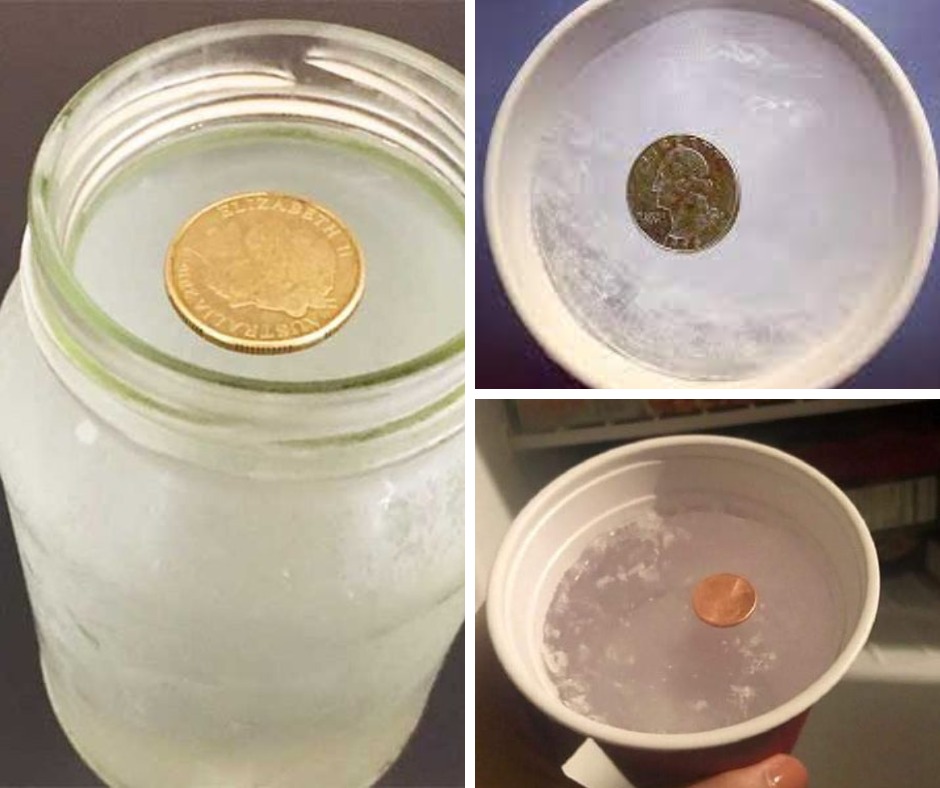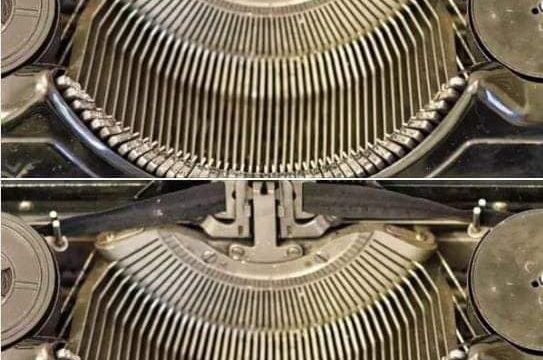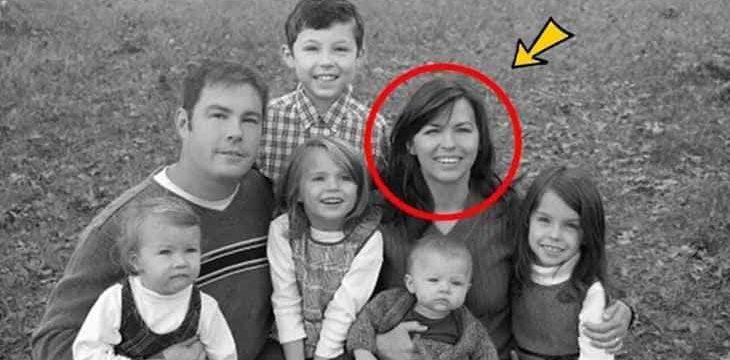
Have you ever come home from a weekend getaway, business trip, or vacation only to find your digital clocks flashing the wrong time? It’s an unsettling sight, isn’t it? You immediately realize that there was a power outage while you were away. But the real problem? You have no way of knowing exactly when it happened or how long it lasted.
This can be a major concern when it comes to the food in your freezer. If the power was out for an extended period, your frozen food might have thawed and then refrozen, potentially making it unsafe to eat. Unfortunately, just looking at your frozen items won’t tell you whether they’re still good or if they need to be tossed out.
Luckily, there’s a simple trick that can give you peace of mind and ensure your food is safe. It involves just three everyday household items: a cup, water, and a coin.
A Life-Saving Freezer Hack
In 2016, after Hurricane Matthew wreaked havoc on parts of the United States, a woman named Sheila Pulanco Russell shared a brilliant tip on Facebook to help those evacuating their homes. Her post quickly went viral, gaining hundreds of thousands of reactions and shares in a short time. The method, known as the “One-Cup Tip,” provides a straightforward way to determine whether your frozen food stayed frozen or thawed out completely while you were gone.
Here’s how it works:
- Take a cup and fill it with water.
- Place the cup in your freezer until the water is completely frozen.
- Put a quarter (or any small coin) on top of the frozen water.
- Leave the cup in your freezer.
That’s it! Now, here’s the key: when you return home after being away—whether due to evacuation, a trip, or even just an unnoticed power outage—you check the placement of the coin.
- If the coin is still at the top, it means the freezer maintained its temperature, and your food is safe.
- If the coin is in the middle of the cup, this suggests that the freezer warmed up for a short time, but not enough to fully thaw and spoil the food.
- If the coin has fallen all the way to the bottom, that means the water completely thawed and refroze—indicating that your freezer was without power for a long time. In this case, you should discard your food to avoid the risk of foodborne illnesses.
Why This Trick Is So Useful
The one-cup trick is incredibly simple but highly effective. It allows you to check if your food has been compromised due to an outage, which can happen for various reasons like severe storms, hurricanes, or routine power grid failures.
More importantly, this method can prevent you from consuming spoiled food that appears fine on the surface but has actually undergone dangerous temperature fluctuations. Eating food that has thawed and refrozen can put you at risk for bacterial contamination, which may lead to serious food poisoning.
A Tip for Everyday Use
This trick isn’t just useful for times when you know you’ll be away—it’s smart to keep a cup with a quarter in your freezer at all times. Unexpected power outages can happen when you’re asleep, at work, or even just out running errands. By having this setup in place, you’ll always have a reliable indicator to check if your food is still safe.
Many people rely on their sense of smell or the look of the food to determine if it has gone bad, but those methods aren’t always reliable when it comes to frozen goods. The one-cup trick takes the guesswork out of food safety.
Additional Freezer Safety Tips
While the one-cup trick is a great tool, here are a few other freezer safety tips to keep in mind:
- Keep your freezer stocked: A full freezer retains cold better than an empty one. If you have extra space, consider filling plastic bottles with water and freezing them.
- Avoid frequently opening the freezer during outages: Each time you open the door, you let warm air in, speeding up the thawing process.
- Label and date your frozen items: This will help you keep track of how long things have been in your freezer and whether they should be discarded.
- Use a food thermometer: If your freezer contains meat, poultry, or seafood, check their internal temperatures after an outage. If they’re above 40°F for more than two hours, they should be thrown away.
Final Thoughts
Power outages are unpredictable, and it can be tough to know if your frozen food is still safe to eat. Thankfully, this simple quarter-and-cup trick is an easy, no-cost way to determine whether your food is still good or if it needs to be discarded.
For peace of mind, consider making this a permanent addition to your freezer. It’s a quick and effective way to avoid potential foodborne illnesses while minimizing food waste.
Next time you plan to leave home for an extended period—or if you just want to be prepared for unexpected outages—take a few seconds to set this up. You’ll be glad you did!
Share this life-saving freezer hack with your friends and family—it could save them from eating spoiled food!





